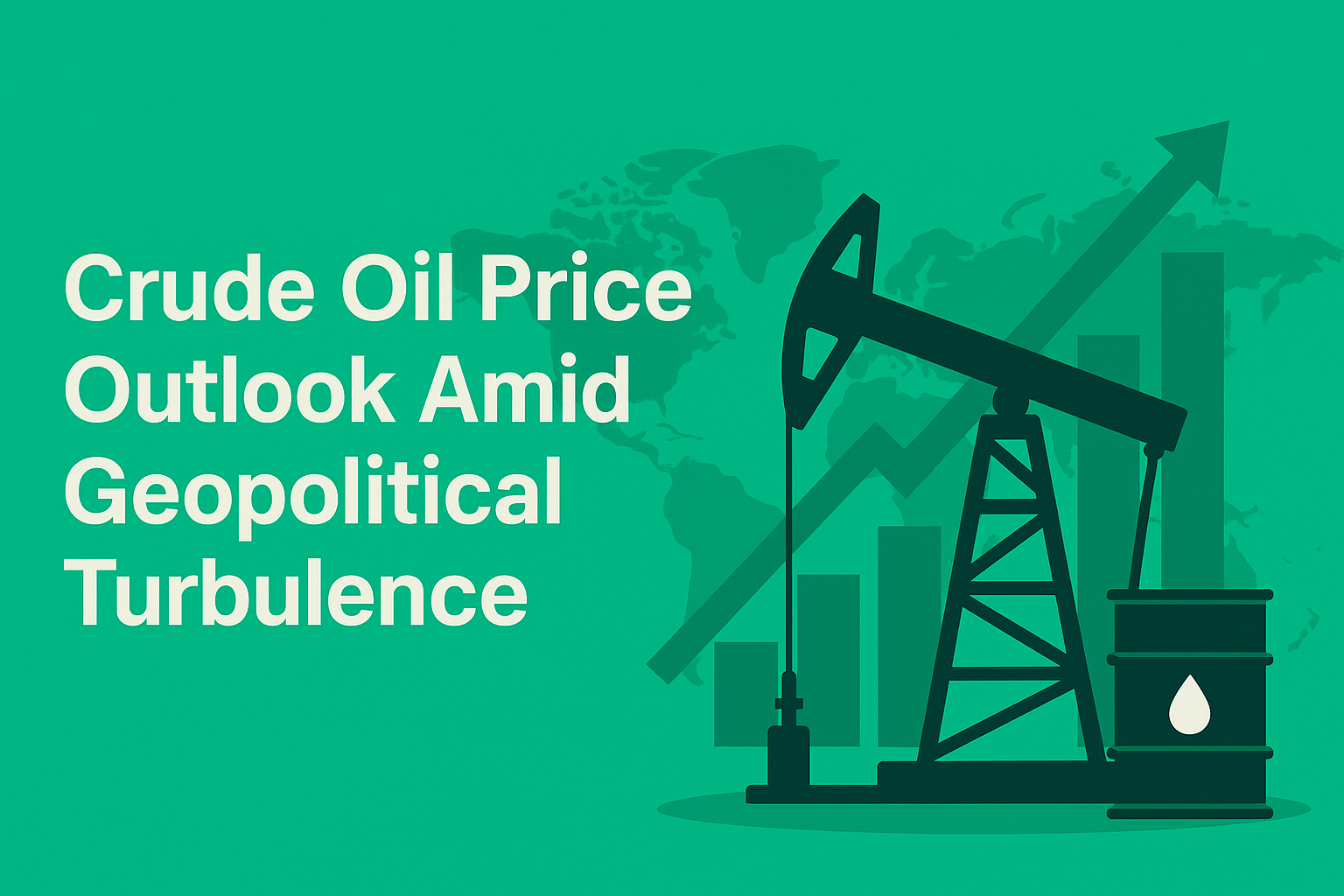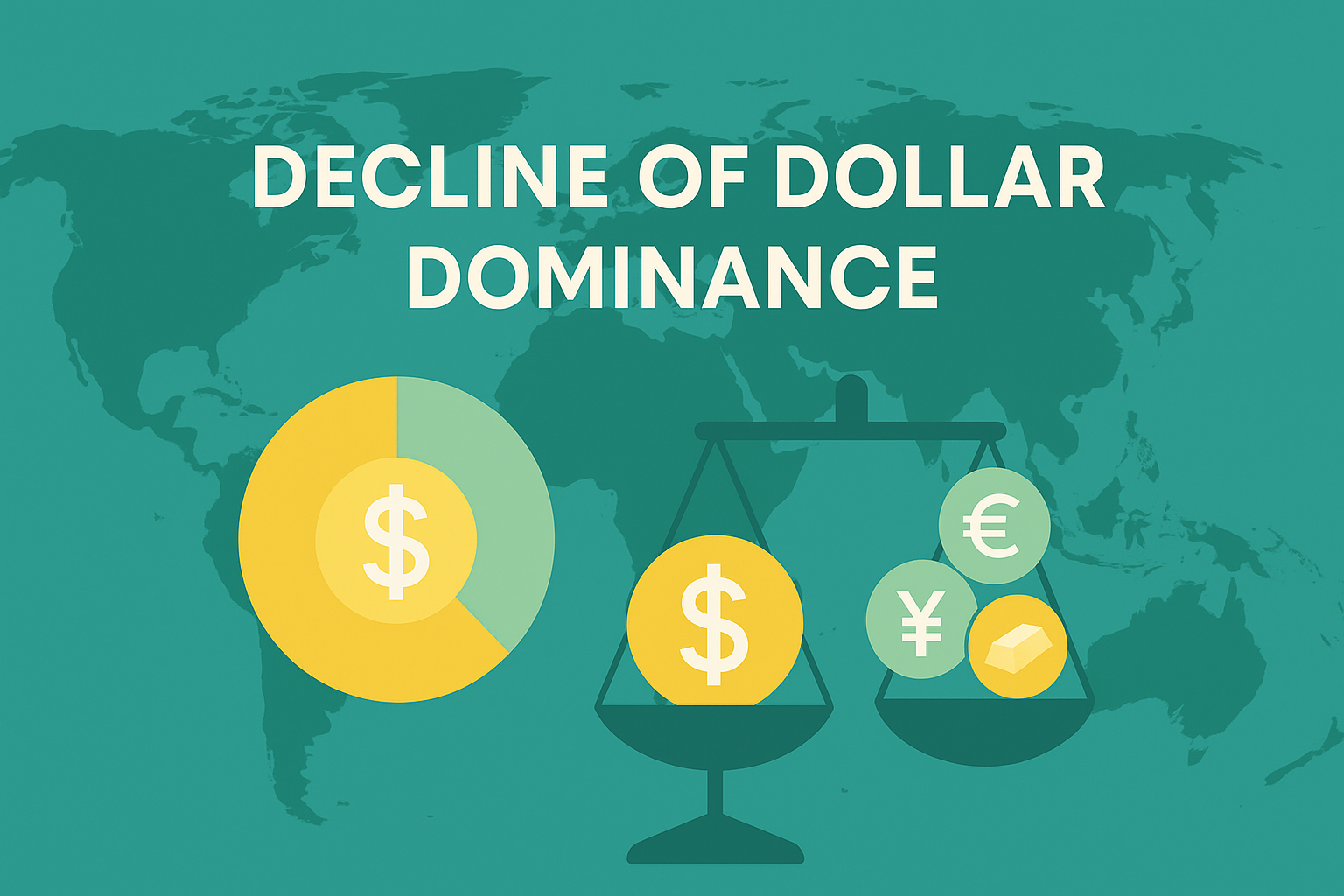By: Senior Energy Economist / International Market Analyst
- Introduction: Crude Markets in a Pressure Cooker
- Geopolitical Risk: The Fragility of the Strait of Hormuz
- Supply Conditions: OPEC+, U.S. Shale and Global Balance
- Demand Dynamics: Summer Surge vs. Global Slowdown
- Price Forecast Scenarios (Next 30–90 Days)
- Strategic Insights for Stakeholders
- Conclusion: Volatility as the New Normal
- References
Introduction: Crude Markets in a Pressure Cooker
As of late June 2025, the global oil market stands at a precarious crossroads. Military clashes between Iran and Israel, the volatility surrounding the Strait of Hormuz, and changing production strategies by OPEC+ have all converged to create an environment of heightened risk and reactive pricing.
This report outlines the forecast for crude oil prices over the next 30–90 days, with a focus on geopolitical risks, supply dynamics, and demand trajectories. It also offers multiple scenario simulations and strategic implications for stakeholders.
Geopolitical Risk: The Fragility of the Strait of Hormuz
(1) Strait of Hormuz as a Global Chokepoint
Roughly 20% of the world’s maritime oil trade flows through the Strait of Hormuz. Although a Qatar-mediated ceasefire between Iran and Israel has been agreed upon, the mere threat of partial or symbolic disruption continues to add a geopolitical risk premium to global oil prices.
📈 Price Impact (in case of renewed escalation or blockade):
Brent: $100–120 per barrel
WTI: $95–110 per barrel
Supply Conditions: OPEC+, U.S. Shale and Global Balance
(1) Cautious OPEC+ Strategy
OPEC+ plans a gradual production increase through the second half of 2025. If demand recovery fails to match pace, this could act as a downward force on prices. Key actors such as Saudi Arabia, the UAE, and Russia are currently engaged in active negotiations on output coordination.
(2) U.S. Shale Rebound Potential
Sustained prices above $75/bbl may trigger renewed drilling activity in the Permian Basin and other U.S. shale hubs. This “price ceiling” effect could soften any sharp upward price swings caused by external shocks.
Demand Dynamics: Summer Surge vs. Global Slowdown
(1) Seasonal Travel Demand
Summer travel in Europe, Asia, and North America typically drives up demand for gasoline and jet fuel. 2025 is no exception, especially with post-pandemic travel having resumed at full capacity.
(2) Macro Weakness in China and Europe
However, slower-than-expected industrial output and consumer demand in China and Europe weigh on overall global oil consumption, potentially capping any sustained rally.
Price Forecast Scenarios (Next 30–90 Days)
| Scenario | Conditions | Brent Price Range |
|---|---|---|
| 🟦 Base Case | Ceasefire holds; stable OPEC+ policy | $70–80 |
| 🟥 Bullish Case | Renewed clashes; Hormuz disruption risk returns | $90–120 |
| 🟩 Bearish Case | Oversupply; demand slowdown continues | $60–70 |
Strategic Insights for Stakeholders
- ⛽ Energy Companies: Should consider hedging strategies to mitigate potential spikes above $80 and prepare for possible shifts in shipping and insurance costs.
- 🏭 Industrial Users: Should review fuel procurement timing and engage in flexible supply contracts to buffer against volatility.
- 📊 Investors: Must manage short-term speculation risk while maintaining diversified positions across oil-linked equities, ETFs, and futures.
Conclusion: Volatility as the New Normal
The oil market in mid-2025 does not favor equilibrium. Instead, we are entering a regime of “controlled volatility,” where price ranges shift frequently in response to both hard shocks and subtle diplomatic movements.
The next 30 days will test the resilience of both markets and policy frameworks. Price forecasts remain inherently conditional—but prepared institutions can navigate even turbulent waters with the right hedging and scenario planning in place.
References
- Reuters: Citi sees oil prices of $75-$78/bbl if war disrupts Iran’s exports (June 2025)
- JP Morgan: Mid-Year Global Commodities Outlook, 2025
- → https://www.jpmorgan.com/commercial-banking/insights/global-commodities-outlook-2025
- EIA: Short-Term Energy Outlook – June 2025
- The Washington Post: Gulf States Respond to Hormuz Tensions (June 2025)


